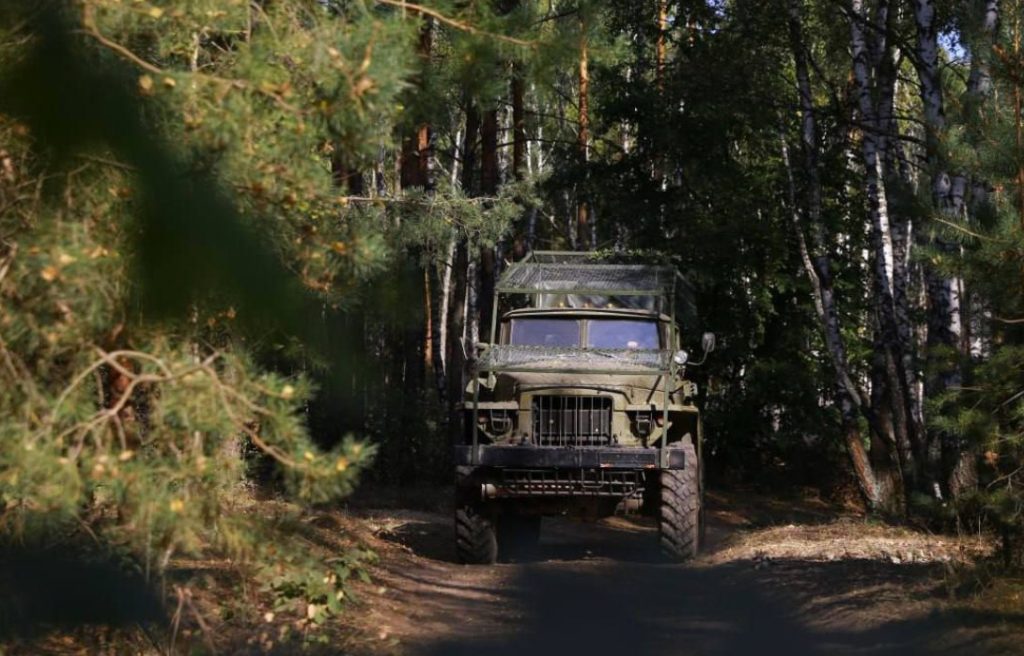Belarus has recently bolstered its military presence along the Ukrainian border.
Others are reading now
Belarusian soldiers stationed near the Ukrainian border have begun modifying their military vehicles with makeshift anti-drone cages, according to recent images shared on social media.
Modified Vehicles
The modifications come as tensions increase between Russia and Ukraine, with Belarus showing growing support for Russia in the conflict. Military News UA, an account on the platform X, revealed photos of the altered vehicles, which are intended to defend against potential Ukrainian drone attacks.
Belarus has recently bolstered its military presence along the Ukrainian border, with reports of numerous T-72B tanks and other equipment moving toward the area, according to WP.
In addition to sending troops, Belarus has supplied Russia with military equipment, not from stockpiles, but directly from active units. Analysts suggest this may indicate that Belarus has depleted much of its reserve weaponry during 2022-2023.
Also read
Anti-drone Cages
Images from the border region show Belarusian soldiers fortifying vehicles with anti-drone cages.
These simple, cage-like structures aim to reduce the effectiveness of drone strikes, specifically those from kamikaze-style drones, by absorbing or mitigating the impact of aerial attacks. Both Russian and Ukrainian forces have used similar tactics to protect their equipment.
Key vehicles being outfitted with these cages include the BTR-80, an armored personnel carrier, and the BM-21 Grad, a multiple rocket launcher.
The BTR-80 is designed for troop transport and protection, boasting a top speed of 80 km/h and strong off-road capabilities. It is equipped with a 14.5 mm KPVT heavy machine gun and a 7.62 mm PKT machine gun.
The BM-21 Grad, a Soviet-era rocket launcher, is capable of firing 40 rockets in rapid succession, covering a range of up to 20 kilometers.



